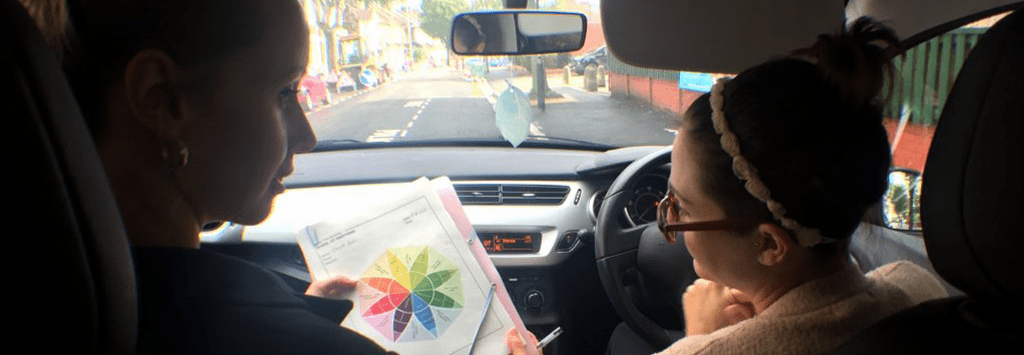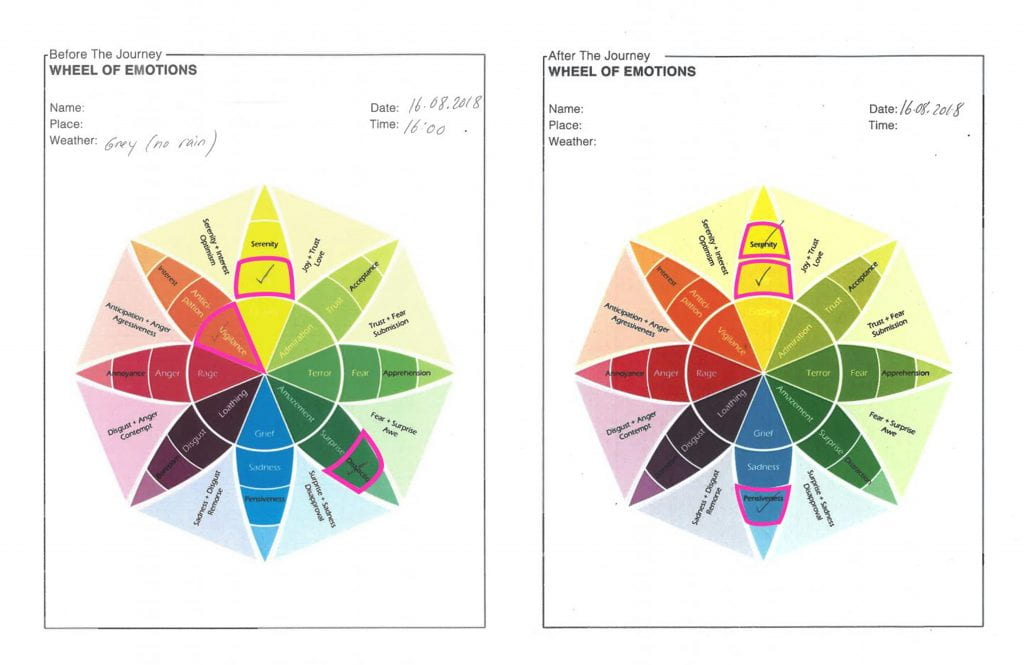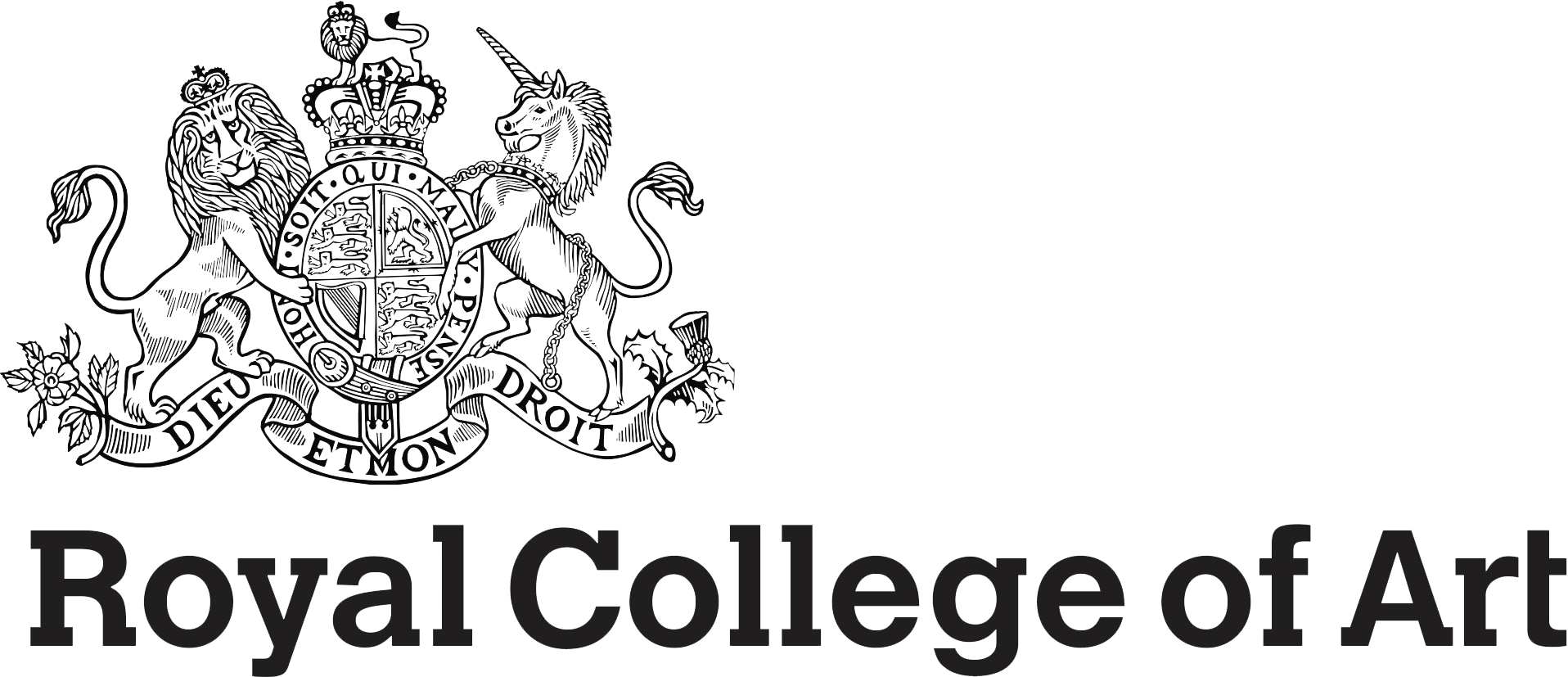4 Users’ Insights – Driving and Passenger Related Rituals

Researcher and participant discussing journey rituals and emotions.
Before starting their journey people settled in to the car, adjusted the seat, placed personal items, checked that the mirrors were correctly positioned and turned on the radio or entertainment systems, as well as air-conditioning or heating.
Participants demonstrating how they prepare for a journey.
During the journey we found that communication between a driver and their vehicle is an important factor in making them feel connected. The information the car provides helps them feel in control. We discovered that people use various ways to track their journey’s progress; using apps, satellite navigation, maps, landmarks and analogue clocks as tools to do so. People also said that they used the time on a journey to transition their mindset to prepare for their next activity.
Participants demonstrating how they prepare for a journey.
At the end of the journey we asked participants what parts of their vehicle they felt particularly connected to. Many said they felt linked through the tactile contact they had with the steering wheel and seat; one mother mentioned her in-car mirror because it allows her to communicate with her children in the back seats.

Plutchik’s ‘Wheel of Emotions’ diagrams were used as a tool by participants to help describe how they felt before and after the journey.
When we asked people if they would share their car, the majority answered ‘no’, their reasons were the freedom and spontaneity of their vehicle being available at all times and having it set up as they prefer it to be. Their willingness to share their car also depended on the closeness of their relationship to the sharer.
Previous Chapter
